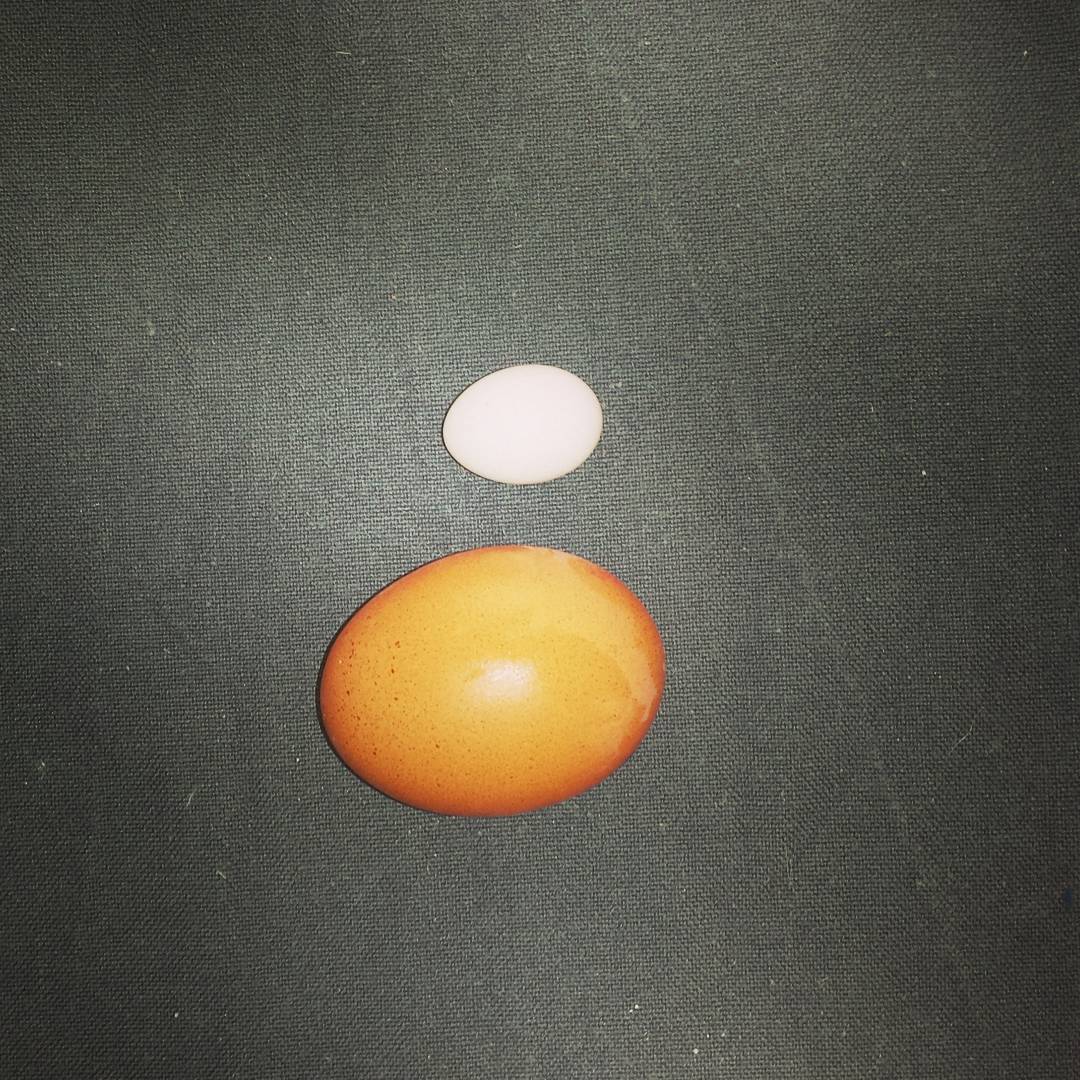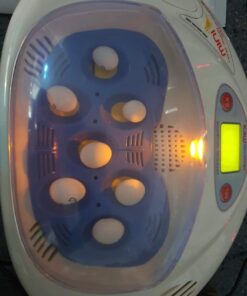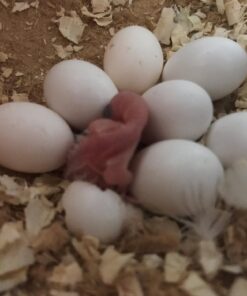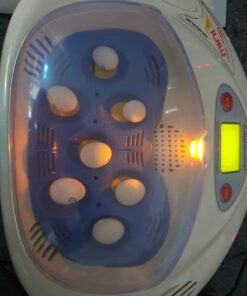Amazon Parrot Eggs
$45.00
Fertile Amazon Parrot Eggs For Sale
Amazon Parrot Eggs comes with hatching incubator hand booklet.
Sales contract document.
We sell all our Amazon Parrot Eggs, Only when the eggs are 7 days old.
All Amazon Parrot Eggs available now.
Our shipping and delivery is 100% safe and guaranteed.
Description
Amazon parrots are a popular choice among bird enthusiasts due to their intelligence, vibrant plumage, and engaging personalities. However, breeding these birds and hatching their eggs can be complex and requires careful attention to several factors. Here’s a comprehensive guide on Amazon parrot eggs:
Breeding Amazon Parrots
1. Choosing a Breeding Pair:
– Select healthy, mature birds (typically 3-5 years old).
– Ensure they are compatible and have bonded well.
2. Breeding Environment:
– Provide a spacious cage with a nesting box.
– Ensure the environment is quiet and stress-free.
– Maintain a temperature of around 70-80°F (21-27°C).
3. Nesting Box:
– The box should be large enough for the female to move around.
– Line the box with safe, non-toxic nesting materials such as wood shavings.
Amazon Parrot Eggs Laying
1. Egg Production:
– Females typically lay 2-5 eggs per clutch.
– Eggs are laid every other day.
2. Incubation:
– The female incubates the Amazon Parrot Eggs for about 24-28 days.
– Ensure the female has a proper diet to support egg production and incubation.
3. Amazon Parrot Eggs Care:
– Maintain a consistent temperature and humidity in the nesting area.
– Handle eggs minimally to avoid stress and damage.
Hatching
1. Signs of Hatching:
– Chicks typically start pipping (breaking the shell) around the 24th day.
– Full hatching can take 24-48 hours from the first pip.
2. Post-Hatch Care:
– Ensure the chicks are warm and dry.
– Monitor the female to ensure she is feeding the chicks adequately.
Raising Chicks
1. Feeding:
– Parent birds will feed chicks regurgitated food.
– If hand-feeding, use a suitable hand-rearing formula and feed at regular intervals.
2. Health Monitoring:
– Regularly check chicks for signs of illness or distress.
– Maintain cleanliness in the nesting area to prevent infections.
3. Socialization:
– Handle the chicks gently and regularly to ensure they are well-socialized.
– Gradually introduce them to new environments and stimuli.
Challenges and Considerations
– Diet and Nutrition: Breeding birds require a diet rich in calcium and other nutrients to support egg production.
– Health Issues: Be vigilant for any signs of health issues in both the female and the chicks.
– Legal and Ethical: Ensure compliance with local laws and ethical practices related to bird breeding.
Conclusion
Breeding Amazon parrots and successfully hatching their eggs requires dedication, knowledge, and careful attention to detail. By providing a proper environment, diet, and care, you can help ensure the health and well-being of both the parent birds and their chicks. If you are new to breeding, consider seeking advice from experienced breeders or avian veterinarians to enhance your chances of success.
The other geo different subspecies although sometimes not recognized as separate species is the Magna or eastern amazon subspecies Amazon ochrocephala (magna), being uncommon and the most colorful with the head being covered more at an earlier age, many get full yellow much sooner than the oratrix. Our magna babies will even have yellow around their eyes and yellow going down into their chest area when only few months old, which is totally distinctive of the magna species. The wings have the yellow and red in the bends and also under the wings at the bend and where it joins the body, even when very young you can see this. We see the yellow leg stockings very early.




